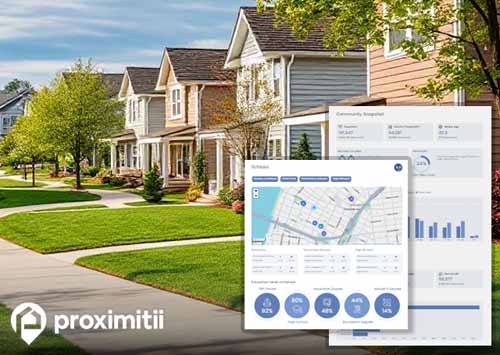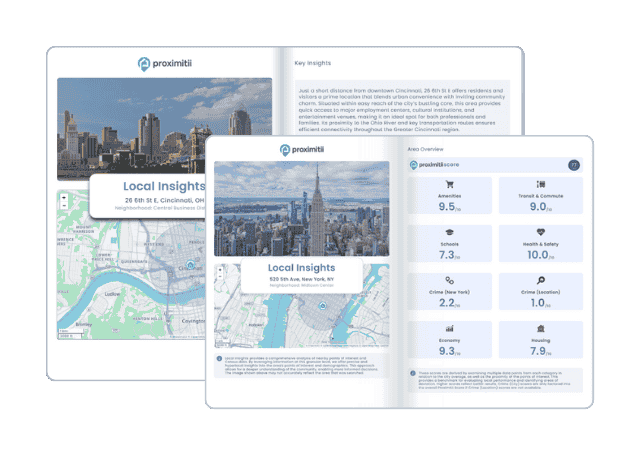| Statistic | Reportedincidents | /100k people | Brookfield/100k people | Missouri/100k people | National/100k people |
| Total crime | 32 | n/a (estimate) | 788 | 2,403 | 2,119 |
| Murder | 0 | n/a | 0.0 | 7.8 | 5.0 |
| Rape | 2 | n/a | 49.2 | 45.2 | 37.5 |
| Robbery | 0 | n/a | 0.0 | 51.5 | 60.6 |
| Assault | 3 | n/a | 73.8 | 357.5 | 256.1 |
| Violent crime | 5 | n/a (estimate) | 123 | 462 | 359 |
| Burglary | 4 | n/a | 98.4 | 236.3 | 229.2 |
| Theft | 21 | n/a | 516.9 | 1,306.5 | 1,272.1 |
| Vehicle theft | 2 | n/a | 49.2 | 398.4 | 258.8 |
| Property crime | 27 | n/a (estimate) | 665 | 1,941 | 1,760 |


Crime can be categorized into two primary types: violent and property crimes. Violent crimes encompass offenses such as murder, rape, robbery, and assault, whereas property crimes involve acts like burglary, theft, and vehicle theft. The overall crime rate in Brookfield is 50.3% lower than the national average. Specifically, there were 13 violent crimes reported in Brookfield, equivalent to 320 per 100,000 residents, which is lower than the national average by 13.6%. Additionally, Brookfield recorded 34 property crimes, amounting to 836 per 100,000 people, lower than the national average by 57.2%.
In a remarkable testament to the city's commitment to safety, Brookfield reported a murder rate of 0. This could indicate that it is a very safe place to live, but also serves as an inspiration to other urban areas striving for safer communities. Examining the full crime report will provide a complete overview of all crimes - violent and property.
Determining whether Brookfield is a place to live may not always yield a simple answer, given the city's varying safety levels across different areas. Nonetheless, comprehending the city's overall crime rate can be a valuable asset. In broad terms, Brookfield has an overall crime rate that is 50% lower than the national average. When we take a look at crime on a daily basis, this translates into 0.13 daily occurrences, comprising 0.04 violent crimes and 0.09 property crimes. Scrutinizing these statistics provides a foundation for a more informed assessment of the suitability of Brookfield as a potential place to establish residency.
Examining year-over-year crime data provides insights into short-term trends with regards to the crime activity in Brookfield. This analysis involves comparing crime rates from one year to the next, enabling the identification of patterns and fluctuations in crime. Such information proves invaluable to residents seeking to make well-informed decisions about their choice of residence. In the most recent year, compared to the previous one, total crime in Brookfield has decreased by 17.5%. Specifically, violent crime has increased by 85.7%, while property crime has decreased by 32%. This data empowers individuals with a clearer understanding of the evolving safety landscape in Brookfield.
High population density areas are often large urban centers with diverse economic opportunities. These areas can exacerbate income inequality, with pockets of poverty existing alongside affluence. Areas with economic disparities may experience higher property crimes and, in some cases, violent crimes. On the other hand, areas with low population density tend to see lower Brookfield crime rates. The population density in Brookfield is 997.8 people per square mile, while the national average is 90.6 people per square mile.
The educational level achieved in any given city can influence crime rates significantly. Greater educational achievement is frequently associated with decreased crime rates, as it offers individuals improved job prospects and alternatives to engaging in crime related activities. Conversely, lower educational attainment rates tend to coincide with elevated crime rates. In Brookfield, 77% of residents have successfully graduated from high school, in contrast to the national average where 83% have achieved high school graduation.
High rental costs can limit economic mobility, making it difficult for individuals to save money, invest in education, or access better job opportunities. This can perpetuate a cycle of poverty and increase the risk of involvement in criminal activities. In summary, high rental costs can create economic challenges, overcrowding, and neighborhood dynamics that may increase the likelihood of certain types of crime, particularly property crimes. In Brookfield, the average rental rates are $576 per month, compared to the national average of $949.

Why stop at city-to-city? With Local Insights, you can compare neighborhoods, zip codes, or even exact addresses. Access 300+ hyperlocal data points—from schools and crime to housing and amenities—to see which area is the better fit.

| Item | Brookfield | Missouri | National |
| Law enforcement employees (officers & civilians) | 18 | 12,115 | 558,732 |
| Police officers & civilians /1000 residents | 4.0 | 3.7 | 3.3 |
| State | Total offenders | Missouri /100K | National /100K |
| Missouri | 19,657 | 344 | 266 |
| City | Population | Violent crime/100k people | Property crime/100k people | Total crime/100k people |
| Marceline, MO | 2,012 | 95 | 713 | 808 |
| Meadville, MO | 559 | 576 | 2,422 | 2,998 |
| Laclede, MO | 322 | 611 | 2,568 | 3,180 |
| Mendon, MO | 271 | 621 | 2,608 | 3,228 |
| Hale, MO | 445 | 638 | 2,681 | 3,319 |
| Bucklin, MO | 359 | 648 | 2,723 | 3,371 |
| Linneus, MO | 217 | 649 | 2,726 | 3,375 |
| Brookfield, MO | 4,265 | 123 | 665 | 788 |
| City | Population | Violent crime/100k people | Property crime/100k people | Total crime/100k people |
| Meadow Lake, NM | 4,266 | 677 | 2,598 | 3,275 |
| Adamsville, AL | 4,266 | 559 | 3,162 | 3,722 |
| Lyons, GA | 4,263 | 300 | 1,543 | 1,843 |
| Buckingham, FL | 4,269 | 69 | 369 | 438 |
| Indian Rocks Beach, FL | 4,269 | 138 | 1,626 | 1,764 |
| Brookfield, MO | 4,265 | 123 | 665 | 788 |